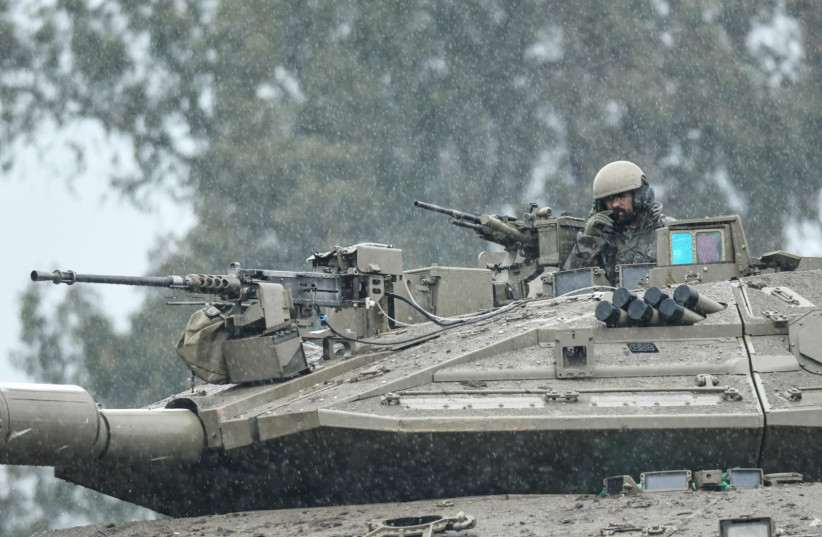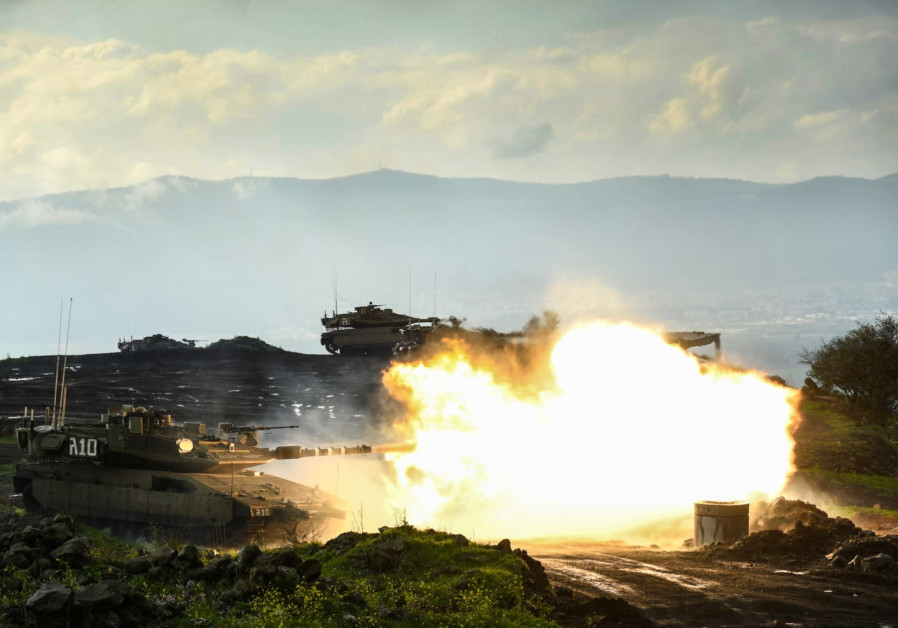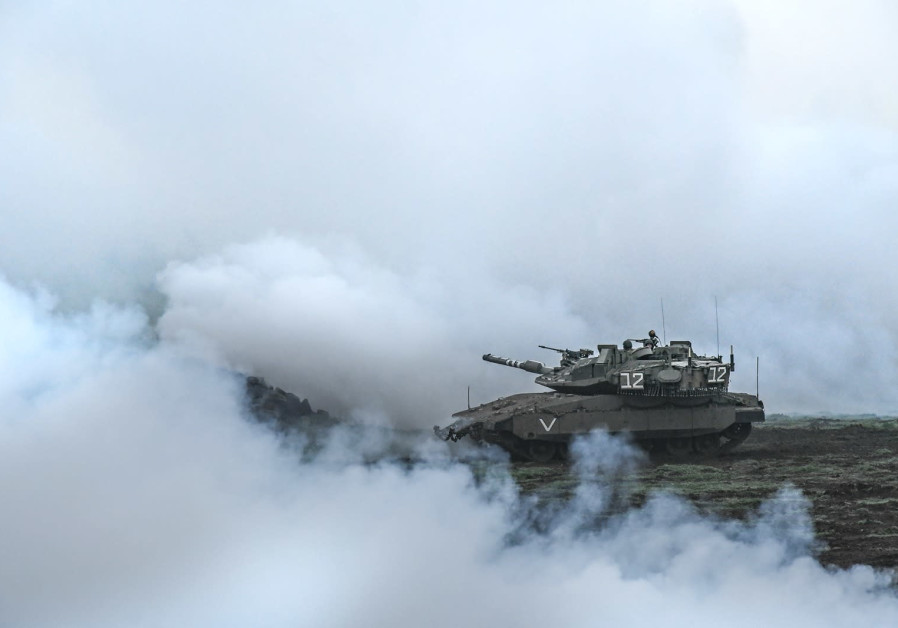“One tank, in its firepower, equals a company of infantry soldiers.”

As the IDF closely follows Hezbollah’s moves behind the northern border, the 71st Armored Battalion is completing its readiness for a possible confrontation in Lebanon.
As part of a wider move of improvements and advancement in the 188th Brigade, the battalion finished a recent transformation and is now using the most advanced tanks in the IDF, the Merkava Mark IV, which include the anti-missile TROPHY system.
Using advanced radar, the TROPHY can detect incoming anti-tank missiles and then launch a cloud of countermeasures to intercept them before they strike the tank. TROPHY is combat proven from operations in the Gaza Strip.

The battalion recently took part over three intensive days in Northern Command-level tests to practice various scenarios for war on the northern front.
During the exercises, the battalion practiced in the two main terrains it is expected to encounter in Lebanon, urban areas and a rocky, bushy open space.
However, the drills were not only about operating the tanks; they also included mental exercise for the commanders and soldiers, Lt.-Col.
Idan Nir, commander of the battalion, told The Jerusalem Post Sunday.
“Unlike other past battalion drills, a lot of resources were invested in this Northern Command-level test,” he said.
“The command brought people who simulated the enemy, and it also invested in pyrotechnics that would make our soldiers feel like [they are fighting in] an actual war,” he added. “They also brought more supervisors than usual, who would evaluate our fitness and readiness for war.”
“But one of the main aspects of the drill was taking ourselves to the edge of our abilities,” Nir said.
“In these three intense days, we received multiple missions that required us to think ahead and perform multiple tasks in little time,” he said. “We didn’t get much sleep, and at the same time we practiced operating under uncertainty and tough weather.”
The main battle tank’s place in battle is unclear these days.
Unlike in the past, when most of a war’s battles happened in open spaces where the enemy was visible, the characteristics of the battle have changed.
There are no tank-vs-tank battles, and the enemy has become more evasive. It operates in civilian areas and often tends to disappear and blend in with the civilian surroundings.

Despite that, the IDF tanks are a fundamental and crucial component in any future battle, Nir said.
“The tanks bring with them three main elements: protection, lethality and maneuvering capabilities,” he said.
“The tanks, unlike infantry soldiers, can move fast in open spaces and stay protected at the same time,” he added. “Systems such as the TROPHY make the tanks even safer… Besides that, when it comes to firepower, one tank is more than an infantry company.”
“At one point during the drill, I joined the forces that simulated the enemy,” Nir said. “I saw how it feels to be in a place that tanks are now attacking. The ground was shaking. It was powerful.”
“The tank is a major element, not only in its firepower but also in deterrence,” he said. “It’s massive and loud. When you see a tank barrel pointed at you, you immediately start feeling uncomfortable.”
As reported by The Jerusalem Post
